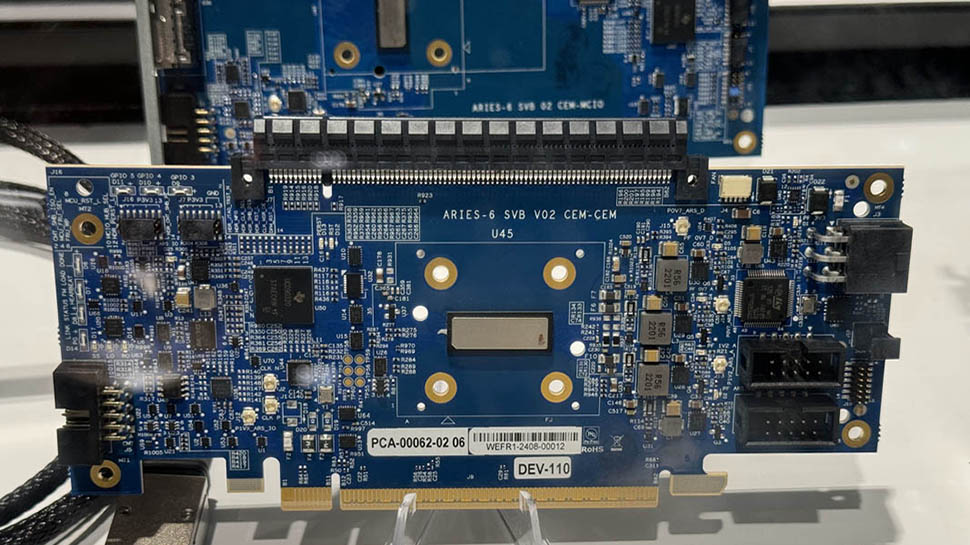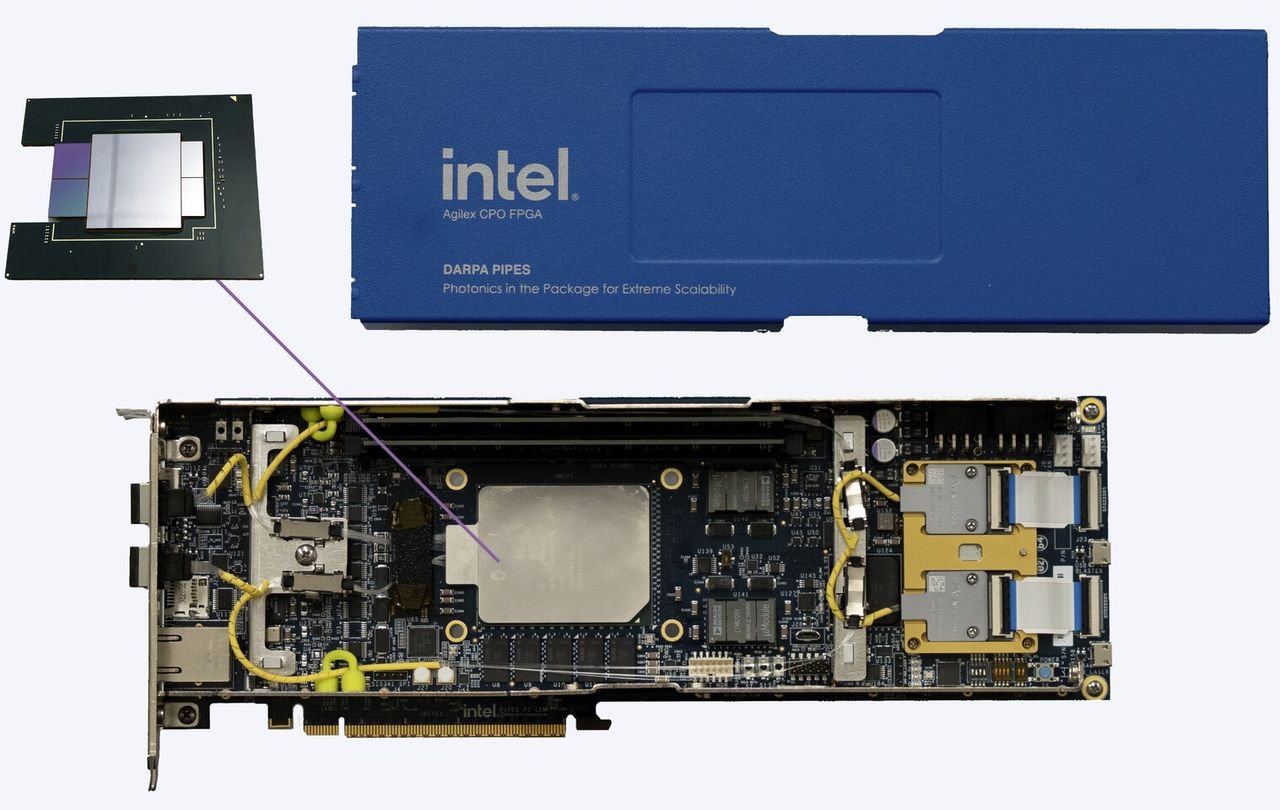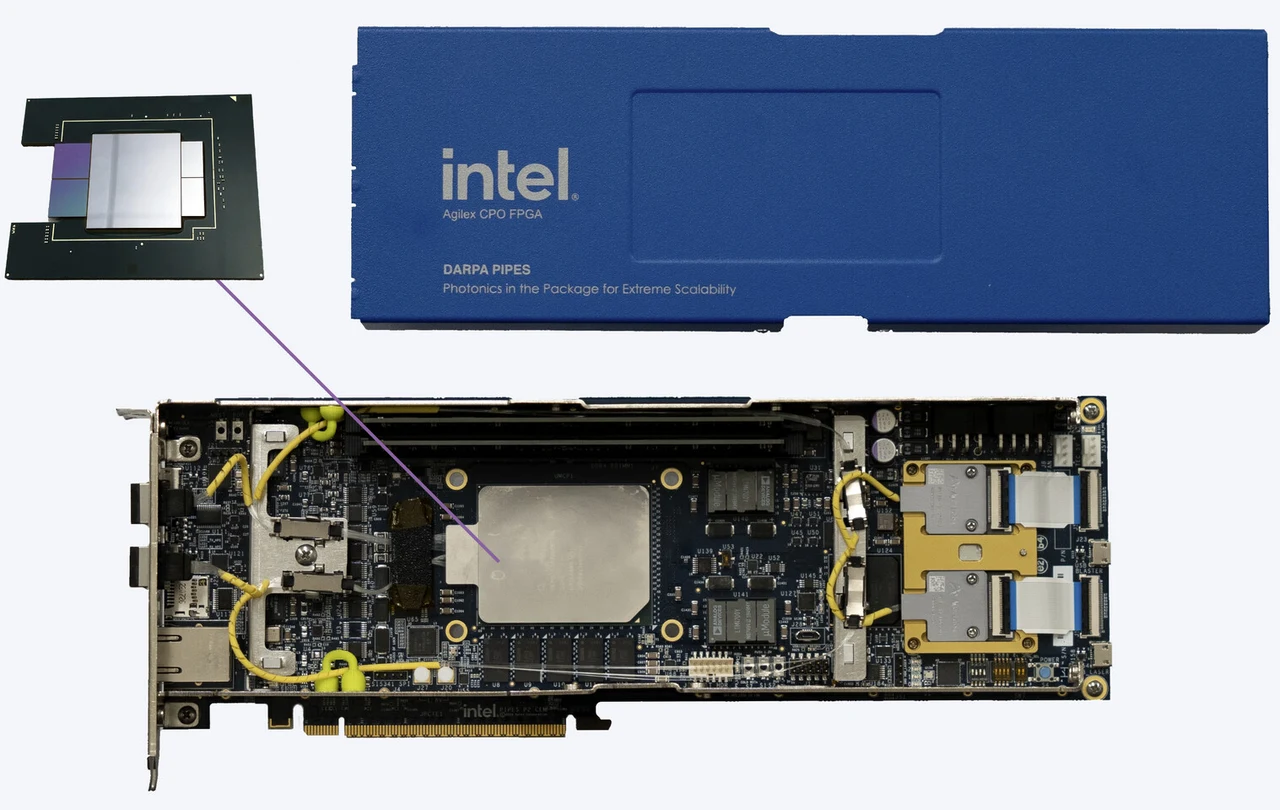[ad_1]

Mai Labs, una empresa Web3 con sede en las Islas Caimán, presentó su plataforma de metaverso Mayaverse en India a principios de esta semana. La empresa presentó la plataforma que rastrea digitalmente el viaje de la India a través de la historia. Mayaaverse permite a los visitantes explorar antiguas ciudades indias (como Hastinapur), templos existentes y tiendas minoristas modernas, así como lugares virtuales de la vida real para presentaciones de artistas en vivo. Mai Labs planea traer creadores de contenido, marcas, artistas, una nueva generación de consumidores y audiencias conocedoras de la tecnología a su plataforma inmersiva. Web3 sistema ambiental.
Entrevistado por Gadgets360 laboratorios de mayo El director comercial Ashish Minocha y el director de tecnología Kaushik Ananth se reunieron para conocer más sobre la evolución de la empresa. Ecosistema metaverso ¿Cómo pueden estas plataformas lograr un equilibrio entre garantizar la privacidad del usuario y al mismo tiempo prevenir actividades maliciosas y proteger a los usuarios?
Gadgets360: ¿En qué se diferencia el Mayaaverse de la invasión del Meta al metaverso?
Ashish Minucha: Mayaaverse se diferencia de lo que Mark Zuckerberg está construyendo con Meta en varios aspectos. Meta está desarrollando Horizon OS, pero carece de contenido en bruto, mientras que Mayaaverse prioriza el contenido junto con sus ofertas tecnológicas. Debido a que se desarrolló en India, Mayaaverse atiende los matices regionales y culturales de manera más efectiva, mientras que MayaaSDK y los auriculares Lumyn XR están dirigidos a creativos y desarrolladores.
Mientras tanto, MayaaVerse es independiente del hardware, promueve un entorno virtual abierto y democrático y se centra en hacer accesibles entornos virtuales altamente realistas a través de dispositivos básicos para que estén disponibles para una audiencia más amplia.
Gadgets360: ¿Cómo pueden plataformas como Mayaaverse lograr un equilibrio entre proteger la privacidad del usuario y prevenir el abuso?
Kaushik Ananth: Anonimizamos los datos para proteger la privacidad individual, garantizar que no se divulgue información personal y utilizamos un cifrado de datos sólido durante la transmisión y en reposo. Los datos del usuario se almacenan en una base de datos dedicada y altamente segura, separada de otros datos operativos, lo que reduce el riesgo de acceso no autorizado. Los usuarios también pueden ver, editar o eliminar su información y ajustar la configuración de privacidad.
Por otro lado, diseñamos Mayaaverse de tal manera que cada entrada pueda rastrearse hasta una identidad humana real, a través de Conozca a su cliente. Las auditorías de seguridad periódicas, las prácticas éticas de datos y los controles de cumplimiento nos ayudan a cumplir con las regulaciones globales de protección de datos y, al mismo tiempo, brindamos una experiencia de metaverso personalizada.
Gadgets360: ¿Cómo mejoran los entornos realistas las experiencias del Metaverso?
Kaushik Ananth: Crea entornos fotorrealistas metaverso Implica diseñar espacios virtuales que se asemejen mucho a entornos del mundo real. Esto incluye el uso de renderizado de gráficos avanzado para obtener texturas realistas, iluminación precisa con sombras dinámicas y audio espacial inmersivo. Los entornos fotorrealistas en el metaverso crean una sensación de presencia y realismo.
Además, la simulación física juega un papel crucial. Garantiza que las interacciones con objetos y movimientos dentro del entorno se comporten de manera realista, mejorando la inmersión. Por ejemplo, las simulaciones físicas permiten que los objetos respondan a la gravedad, las colisiones y otras fuerzas físicas tal como lo hacen en el mundo real. Este realismo añade profundidad a las experiencias virtuales, haciéndolas más atractivas y creíbles.
Gadgets360: ¿Zero blockchain ofrece funciones que no están disponibles en plataformas de la competencia?
Kaushik Ananth: Zero Layer Blockchain es un protocolo blockchain subyacente que no agrega capas sobre estructuras existentes como las blockchains tradicionales. En cambio, mejora la propia base de la red. Para el ecosistema blockchain de la India, ofrece una mayor velocidad de transacción, una latencia reducida y medidas de seguridad más sólidas.
También tiene un elemento de interoperabilidad que permite que diferentes redes blockchain trabajen juntas. También hemos equipado Zero blockchain con las características de seguridad y cumplimiento requeridas por las regulaciones indias.
Gadgets360: ¿Cómo pueden las plataformas Web3 proporcionar un ecosistema “seguro y confiable”?
Kaushik AnanthGarantizar la integridad y confiabilidad de la tecnología Web3 requiere un enfoque multifacético que incluya consideraciones técnicas, administrativas y organizativas. Esto incluye el uso de algoritmos de cifrado, la adopción de prácticas de cifrado seguras y la implementación de mecanismos de autenticación sólidos para mitigar los riesgos de acceso no autorizado y violaciones de datos.
Al mismo tiempo, los procedimientos Conozca a su cliente (KYC) contribuyen significativamente a generar confianza y credibilidad dentro del ecosistema Web3. Las plataformas también deben priorizar la verificación de los usuarios y demostrar un compromiso con la seguridad y el cumplimiento normativo. Las auditorías integrales de contratos inteligentes también pueden identificar y parchear vulnerabilidades que pueden amenazar la integridad de las aplicaciones descentralizadas.
Gadgets360: Cómo ha sido recibido MyLabs en India en medio del escepticismo hacia el sector Web3
Ashish Minucha: En general, gestionar el negocio Web3 en la India ha sido una experiencia única para nosotros. Como empresa, no suscribimos plenamente la visión ideal de Web3: una visión sin intermediarios ni fronteras, donde el mundo se vuelve completamente sin ley.
Creemos que un mundo así no es práctico. En cambio, admitimos Web H (híbrido) o Web 2.5. Operamos como un ecosistema con licencia y diseño regulado que combina lo mejor de Web2 y Web3. La transparencia y la descentralización siguen siendo nuestros valores fundamentales.
Algunas respuestas se han condensado y editado ligeramente para mayor claridad.
[ad_2]
Source Article Link










